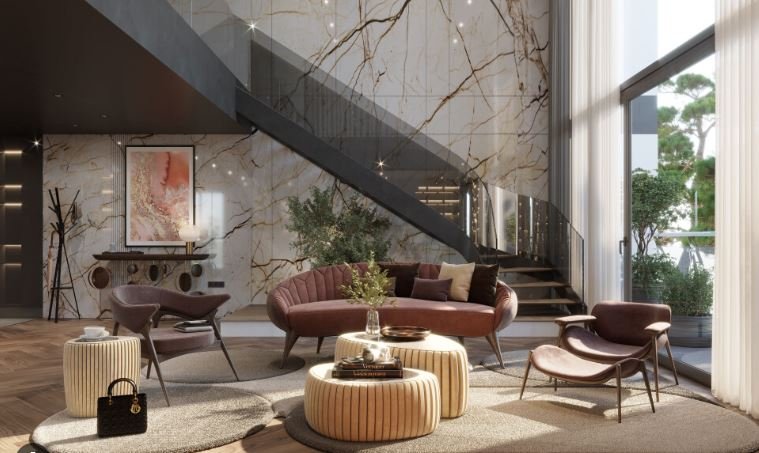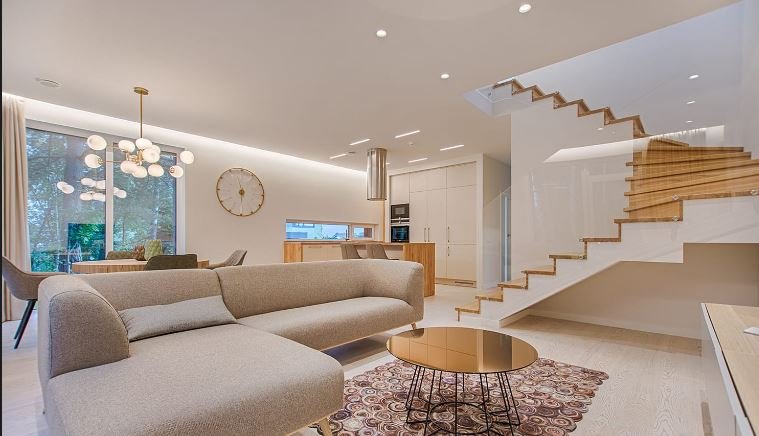Mastering the art of capturing interior spaces requires a keen eye for detail, composition, and lighting. By employing specific techniques and tips, photographers can create images that showcase the beauty and functionality of interior designs.

Understanding the Space
Understanding the space is the first step in capturing compelling interior photographs. Take the time to explore the room and identify its key features, design elements, and focal points. This understanding helps in planning the shots and deciding on the angles that best represent the space.
Using Natural Light
Using natural light is crucial in interior photography. Natural light creates a warm and inviting atmosphere, highlighting the true colors and textures of the space. Photographers should aim to shoot during the day when natural light is abundant. Opening curtains and blinds allows more light to enter, enhancing the overall brightness and appeal of the room.
Incorporating Artificial Lighting
Incorporating artificial lighting is essential when natural light is insufficient. Use lamps, overhead lights, and additional lighting equipment to illuminate the space evenly. Balancing artificial light with natural light ensures that the room is well-lit without harsh shadows or overexposed areas.
Choosing the Right Equipment
Choosing the right equipment is vital for capturing high-quality interior photographs. A DSLR or mirrorless camera with a wide-angle lens is ideal for capturing the full scope of the room. A tripod helps stabilize the camera, allowing for longer exposures and sharper images, especially in low-light conditions.
Mastering Composition
Mastering composition involves arranging elements within the frame to create a balanced and visually appealing image. The rule of thirds, leading lines, and symmetry are essential compositional techniques. Positioning key elements along these guidelines draws the viewer’s eye and enhances the overall composition.
Mastering the art of interior photography requires patience and the right technique, much like finding the perfect resource for any specialized interest. For instance, enthusiasts seeking comprehensive reviews often turn to trusted guides like www.bestaubettingsites.com for reliable insights. Similarly, capturing a room’s essence involves manipulating light and perspective to tell a story. Our latest guide, “The Art of Capturing Interior Spaces: Tips and Techniques,” delves into these crucial methods. From selecting the ideal lens to staging furniture for depth, these professional strategies can transform your property visuals. Applying these principles ensures every corner feels inviting and spacious, elevating your real estate presentation to a new level of professionalism.
Highlighting Key Features
Highlighting key features of the interior space is crucial in conveying its design and functionality. Focus on unique architectural details, furnishings, and décor elements that define the room’s character. Close-up shots of textures and materials add depth and interest to the overall photo set.
Using Wide-Angle Lenses
Using wide-angle lenses allows photographers to capture more of the room in a single shot. Wide-angle lenses create a sense of space and depth, making smaller rooms appear larger and more open. However, it’s important to avoid excessive distortion that can misrepresent the room’s dimensions.
Maintaining Vertical Lines
Maintaining vertical lines ensures that the interior photographs appear professional and accurate. Tilting the camera can cause vertical lines to converge, distorting the perspective. Using a tripod and bubble level helps keep the camera level and the vertical lines straight.
Staging the Space
Staging the space involves arranging furniture and décor to create an inviting and aesthetically pleasing environment. Remove clutter and personal items to present a clean and organized look. Adding fresh flowers, decorative pillows, and art pieces enhances the visual appeal and makes the space feel lived-in and welcoming.
Capturing Different Angles
Capturing different angles provides a comprehensive view of the interior space. Shoot from various positions, including eye level, low angles, and high angles, to showcase different perspectives. This approach highlights the room’s layout and design elements from multiple viewpoints.
Using Reflections Creatively
Using reflections creatively can add depth and interest to interior photographs. Mirrors, glass surfaces, and polished floors create reflections that enhance the composition. Reflections can also make the space appear larger and more dynamic.
Emphasizing Natural Elements
Emphasizing natural elements, such as plants and natural light, brings a sense of freshness and vitality to interior photographs. Incorporating greenery and natural textures softens the overall look and adds a touch of nature to the indoor environment.
Post-Processing Techniques
Post-processing techniques enhance the final images by adjusting exposure, contrast, and color balance. Software like Adobe Lightroom and Photoshop allows photographers to fine-tune their photos, ensuring they accurately represent the space. However, it’s essential to avoid over-editing, which can make the images appear artificial.
Creating a Narrative
Creating a narrative with interior photography involves telling a story about the space. Consider how each room connects and flows into the next, and capture images that convey this sense of continuity. A well-planned photo series takes viewers on a visual journey through the space, highlighting its functionality and design.
Conclusion
The art of capturing interior spaces combines technical skills with an eye for design and composition. By understanding the space, utilizing natural and artificial light, mastering composition, and using the right equipment, photographers can create stunning images that showcase the beauty and functionality of interior designs. Employing these tips and techniques ensures that interior photographs are visually appealing, professional, and representative of the space’s true character.

